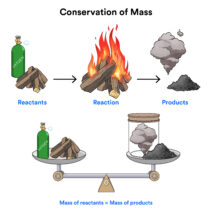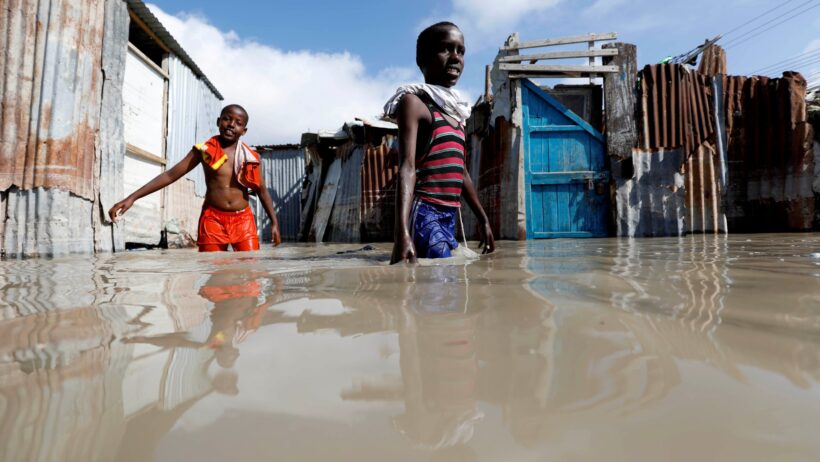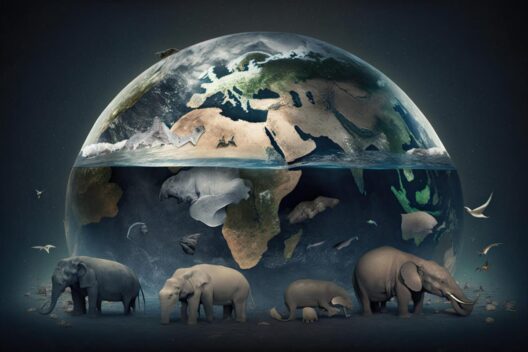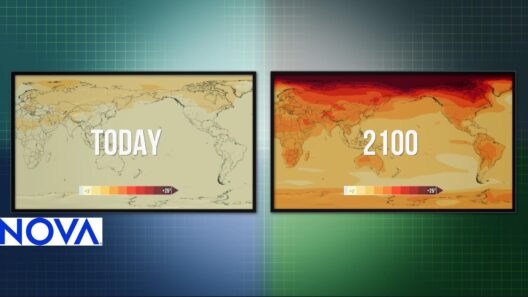Climate change represents one of the most formidable challenges facing humanity today. As the planet warms, the consequences become increasingly alarming. Understanding the contributing factors to climate change is essential in galvanizing efforts to mitigate its impacts. This exploration delves into the myriad causes of climate change, illuminating the most significant culprits and prompting a shift in perspective.
1. Greenhouse Gas Emissions
At the heart of climate change lie greenhouse gases (GHGs). These gases, such as carbon dioxide (CO2), methane (CH4), and nitrous oxide (N2O), are pivotal in trapping heat within the Earth’s atmosphere. While GHGs naturally occur, human activities have exponentially increased their concentrations. For example, burning fossil fuels for energy releases massive amounts of CO2, accounting for approximately 76% of total GHG emissions from human activities. The combustion of coal, oil, and natural gas not only powers industries and transportation but also significantly elevates atmospheric CO2 levels.
2. Deforestation and Land Use Changes
Forests act as natural carbon sinks, absorbing CO2 from the atmosphere. However, deforestation for agriculture, urban development, and logging has led to a drastic reduction in forested areas. When trees are cut down or burned, the stored carbon is released back into the atmosphere, exacerbating climate change. Furthermore, changing land use from forests to agricultural or urban areas disrupts local ecosystems, reducing biodiversity and increasing vulnerability to climate-related events.
3. Agriculture
Agricultural practices are a significant contributor to climate change, particularly through methane emissions. Livestock farming, especially cattle, produces methane during digestion and manure decomposition—this potent greenhouse gas is over twenty times more effective than CO2 at trapping heat over a 100-year period. Additionally, the cultivation of rice paddies also emits methane due to the anaerobic conditions present in flooded fields. The usage of fertilizers in agriculture releases nitrous oxide, further compounding the problem.
4. Industrial Processes
Industries are major contributors to climate change, emitting large quantities of GHGs in the production of goods, from cement to plastics. The production of cement alone accounts for about 8% of global CO2 emissions, primarily due to the calcination of limestone and the energy-intensive processes utilized. Furthermore, processes such as chemical production, metal manufacturing, and waste management also release harmful pollutants that exacerbate climate instability.
5. Transportation
Transportation is another considerable source of emissions, primarily through the combustion of fossil fuels. Cars, trucks, airplanes, and ships all contribute to GHG emissions and air pollutants. The transportation sector is responsible for roughly 14% of global greenhouse gas emissions, and as the global population grows and urbanizes, vehicle emissions are likely to rise unless significant strides are made toward sustainable transport options. Transitioning to electric vehicles or investing in public transportation can help mitigate these emissions.
6. Waste Management
The management of waste has become an increasingly critical aspect of climate change. Landfills are one of the largest sources of methane emissions, primarily due to organic waste decomposition. The lack of effective recycling and waste reduction methods exacerbates this situation. Proper waste management practices, such as composting and recycling, can significantly reduce the volume of waste sent to landfills and curb methane emissions.
7. Energy Production
The method of energy production can determine the degree of impact on climate change. Fossil fuel-based energy sources are the largest contributors to GHG emissions. In contrast, renewable energy sources—such as solar, wind, and hydroelectric power—offer sustainable alternatives that can significantly lower overall emissions. There is an urgent need to transition towards these cleaner energy sources to mitigate climate change’s impact. Innovations and investments in technology are crucial in pursuing this transition.
8. Urbanization
Urban areas are not only centers for economic activity but also hubs of GHG emissions. Increased urbanization leads to greater energy consumption, vehicle use, and waste generation. Cities, while often at the forefront of climate impacts, also hold immense potential for climate solutions. Through strategic urban planning that emphasizes green spaces, energy efficiency, and public transportation, cities can play a vital role in reducing emissions and promoting sustainable living.
9. Climate Feedback Loops
Climate change is further complicated by feedback loops that amplify its effects. For instance, as polar ice caps and glaciers melt, less sunlight is reflected away from the Earth, causing further warming. Similarly, thawing permafrost releases additional methane, perpetuating the cycle. These feedback loops highlight the urgent need for immediate action, as they threaten to escalate climate change beyond manageable levels.
10. The Human Element
Ultimately, human behavior and consumption patterns are central to the climate change narrative. Education and awareness around sustainable practices can inspire individuals and communities to advocate for change. From reducing meat consumption to minimizing plastic usage, there are countless ways individuals can contribute to combating climate change. Collective action is paramount; only through concerted efforts can significant strides be made.
In conclusion, the pursuit of solutions to climate change requires a comprehensive understanding of its multifaceted causes. It is essential to recognize the primary contributors, from greenhouse gas emissions to urbanization. Every sector and individual plays a role in this global crisis. By shifting perspectives and embracing sustainable practices, the collective can forge a path toward a more resilient and sustainable future. The onus is on each of us to confront these challenges head-on, fostering a world that prioritizes environmental stewardship and intergenerational equity.








